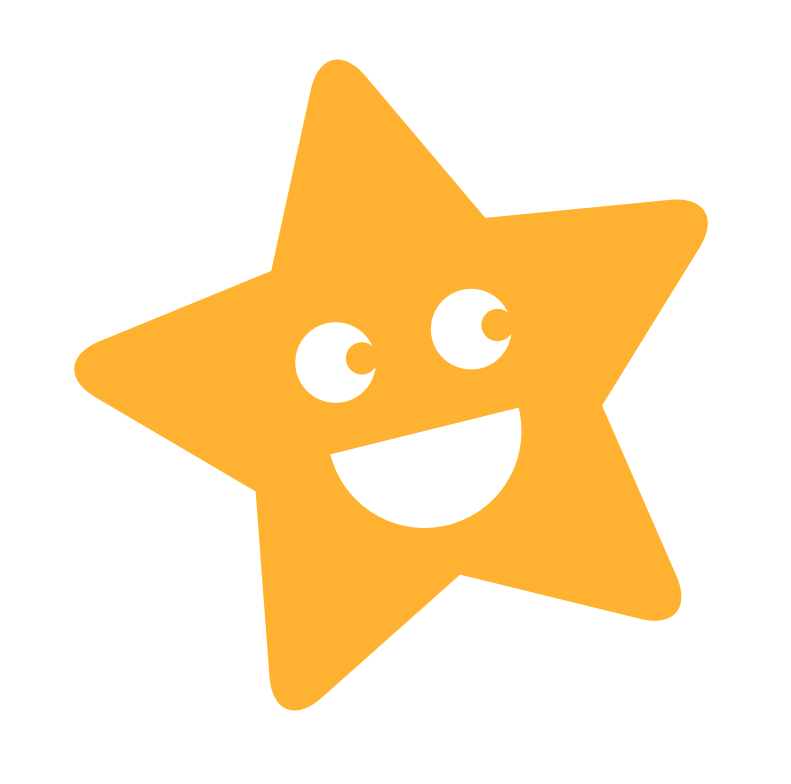

What to expect from the Reception maths curriculum and how to help your kiddos before they start Year 1.

Author
Doodle Team
Published
July 2024


What to expect from the Reception maths curriculum and how to help your kiddos before they start Year 1.

Author
Doodle Team
Published
July 2024


What to expect from the Reception maths curriculum and how to help your kiddos before they start Year 1.

Author
Doodle Team
Published
July 2024


Key Takeaways
Table of contents
The Reception maths curriculum is a foundational part of a child’s education, laying the groundwork for future success in mathematics.
Designed for children aged 4-5 years old, Reception is both the last year of the Early Years Foundation Stage (EYFS) and first formal year of schooling. All schools and chilcare providers in England must follow the EYFS. Early year standards in Scotland and Wales vary slightly from England.
This guide delves into the key components of the Reception maths curriculum, helping parents and educators support their young learners effectively.
The Reception maths curriculum emphasises practical and playful learning experiences that nurture mathematical understanding as children explore the world of numbers, shapes, and patterns. Children are taught primarily through games and play.
The primary objective of Reception maths is to develop a strong understanding of numbers 1 to 10 and spatial reasoning skills through shapes and measurement.
ELGs (Early Learning Goals) are used to measure how well children grasp the objectives of the Reception maths curriculum.
Children are expected to:
Unlock unlimited maths questions
Put your skills to the test with fun exercises + maths games that are proven to boost ability!
DoodleMaths is an award-winning app that’s filled with thousands of questions and games exploring multiplication, division and more!
Designed by teachers, it creates each child a unique work programme tailored to their needs, doubling their progression with just 10 minutes of use a day. Try it for free!


Parents and educators play a crucial role in a child’s early maths education. Creating a positive and encouraging environment where children feel confident to explore and make mistakes is essential. Regular communication between parents and teachers ensures that children receive consistent support and reinforcement of mathematical concepts both at school and at home.
The Department of Education encourages practitioners to use some of the following approaches:
Assessments are crucial for understanding a child’s progress and can be used to better support their needs. While teachers will constantly provide ongoing assessment in their daily interactions with your child, there are two “formal” assessments taken during Reception year.
The first is given at the start of Reception sometime during the first six weeks. It’s called the Reception Baseline Assessment (RBA). The RBA is designed to provide an on-entry assessment of a child’s attainment. It is not designed to measure how well their pre-school was or even for a deep dive into the child’s area of development. Rather, it is designed to capture the progress level of the entire cohort from the start of Reception through the end of KS2.
The second assessment is given at the end of Reception year, no later than the 30th of June. This is called the Early Years Foundation Stage Profile (EYFSP). The Profile provides a snapshot of a child’s understanding and abilities, their achievement against expected ELGs, and their readiness for Year 1. Parents will be informed of their child’s results and a copy of the EYFSP will be given to the child’s Year 1 teacher.
Try DoodleMaths for free!
Select a year group
The Reception maths curriculum is a vital step in a child’s educational journey. By focusing on numbers, shapes, and patterns through engaging and practical activities, children develop a strong mathematical foundation. Parents and educators can significantly enhance this learning process by integrating maths into everyday life and fostering a positive, supportive atmosphere for young learners.
Understanding and actively participating in the Reception maths curriculum not only prepares children for future academic challenges but also helps them develop a lifelong love for mathematics.

Parents, sign up for a DoodleMaths subscription and see your child become a maths wizard!

Book a chat with our team
If you’d like to use Doodle’s browser version, please visit this page on a desktop.
To log in to Doodle on this device, you can do so through our apps. You can find out how to download them here: